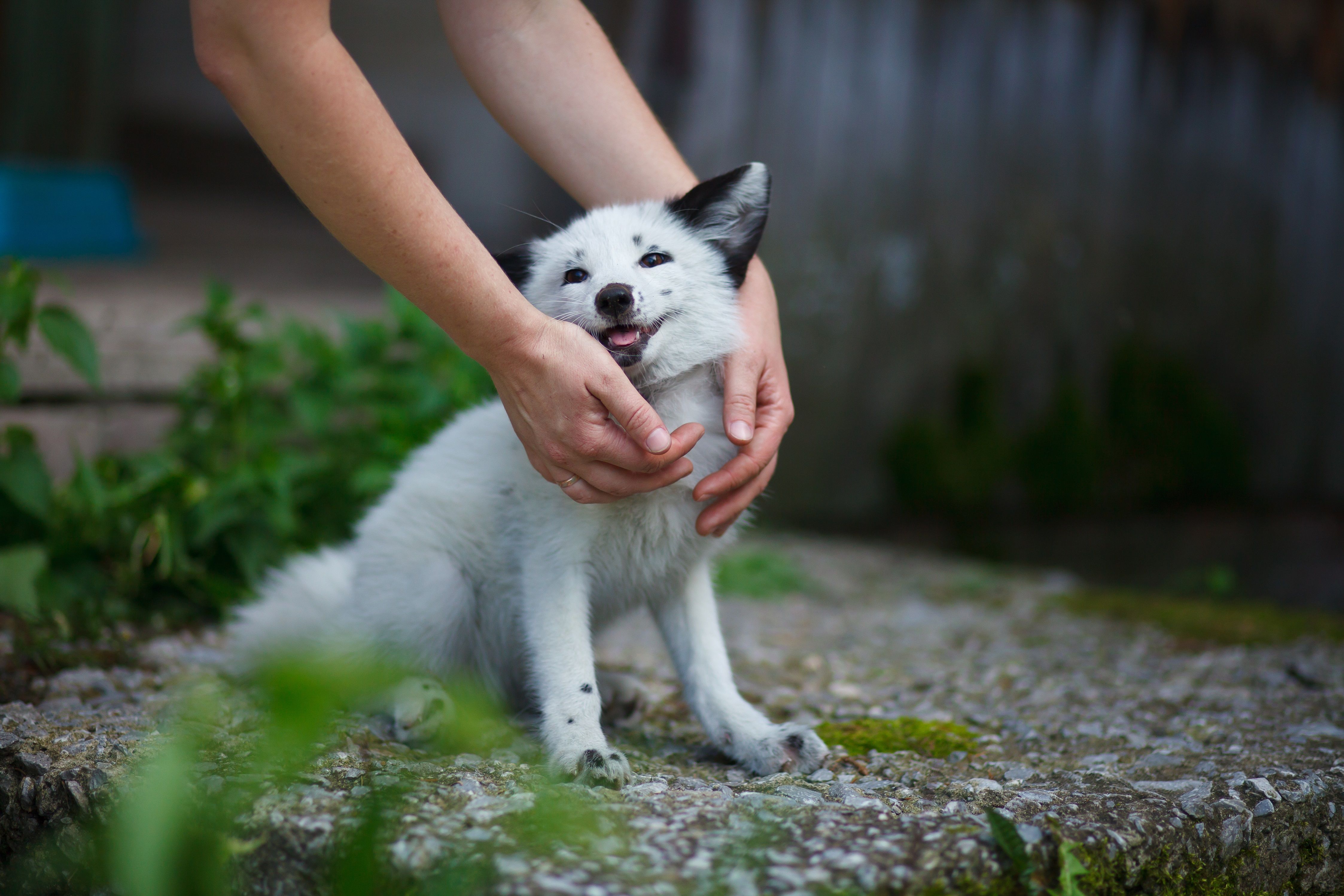
How to tame a fox
In a public talk hosted by the University of Konstanz, the prize-winning author Lee Alan Dugatkin will present his critically-acclaimed popular science book “How to Tame a Fox (and Build a Dog)”, the story of the most astonishing breeding experiment ever undertaken.
On Monday, 25 February, the University of Konstanz and the Max Planck Institute for Ornithology will welcome prize-winning book author Lee Alan Dugatkin to deliver the public talk: “How to Tame a Fox (and Build a Dog)”. The event, which is hosted by Professor Iain Couzin from the university’s Cluster of Excellence “Centre for the Advanced Study of Collective Behaviour”, will take place at 18:00 in room R 611 at the University of Konstanz and also include a book signing. Please note that this is an English-language event. Entry is free.
Lee Alan Dugatkin is a Professor of Biology and Distinguished University Scholar at the University of Louisville. He is a behavioural ecologist and historian of science and his main area of research interest is the evolution of social behaviour. He is the author of numerous books, including “Cooperation Among Animals: An Evolutionary Perspective”, “The Altruism Equation: Seven Scientists Search for the Origins of Goodness”, and “Mr. Jefferson and the Giant Moose”.
His latest popular science book “How to Tame a Fox (and Build a Dog)”, published in 2017, has drawn critical acclaim from the “New York Times Book Review”, “Los Angeles Review of Books”, “Forbes”, and the “Times Literary Supplement”. It has won numerous awards and honours, including being listed as # 1 on the “Forbes Magazine “list of 10 best science books” for 2017, and one of “New York Times” science writer Carl Zimmer’s “Must Reads”.
For his public lecture, Dugatkin will retrace the story told for the first time in “How to Tame a Fox (and Build a Dog)” of how in the depths of Siberia Soviet scientists jump-started the effort to evolve foxes into domesticated pets. In only a few dozen generations, they managed to turn a wild population of foxes into friendly, lap-dog-like creatures, recreating the evolution of wolves into dogs and allowing us to witness, in real time, the process of domestication.
Dugatkin says: “I hope this talk reaches all people: the public, aspiring young scientists, and seasoned researchers studying evolution, behaviour, or the history of science. The six-decade-long study on domesticating foxes in Siberia has everything from cutting-edge science to political intrigue to human-animal love stories. But perhaps more than anything else, it shows that when smart people with a passion for science pair that with almost super-human perseverance, we can unwrap the mysteries of the world we live in”.
Facts:
- University of Konstanz and Max Planck Institute for Ornithology to host public talk by Lee Alan Dugatkin on his critically acclaimed popular science book “How to Tame a Fox (and Build a Dog)”.
- The behavioural ecologist and historian of science from the University of Louisville (USA) will tell the astonishing story of a six-decade-long breeding experiment in Siberia, which traces the evolutionary pathways that have led to animal domestication.
- Date: Monday, 25 February 2019, Time: 18:00, Location: University of Konstanz, building R, room R 611. Free entry.
- The event will be held in English. A book signing has been scheduled for after the talk.
- A book signing has been scheduled for after the talk.
